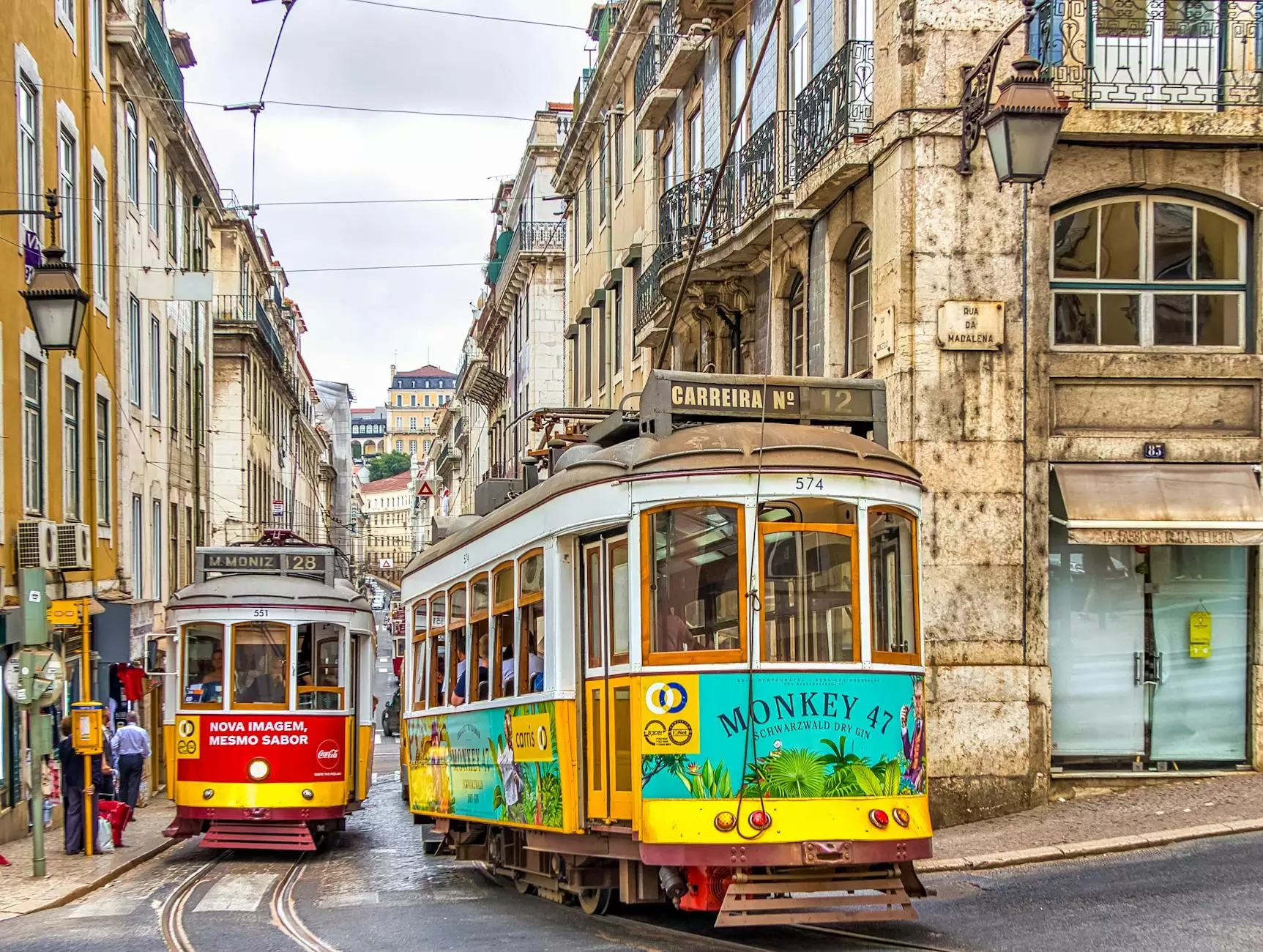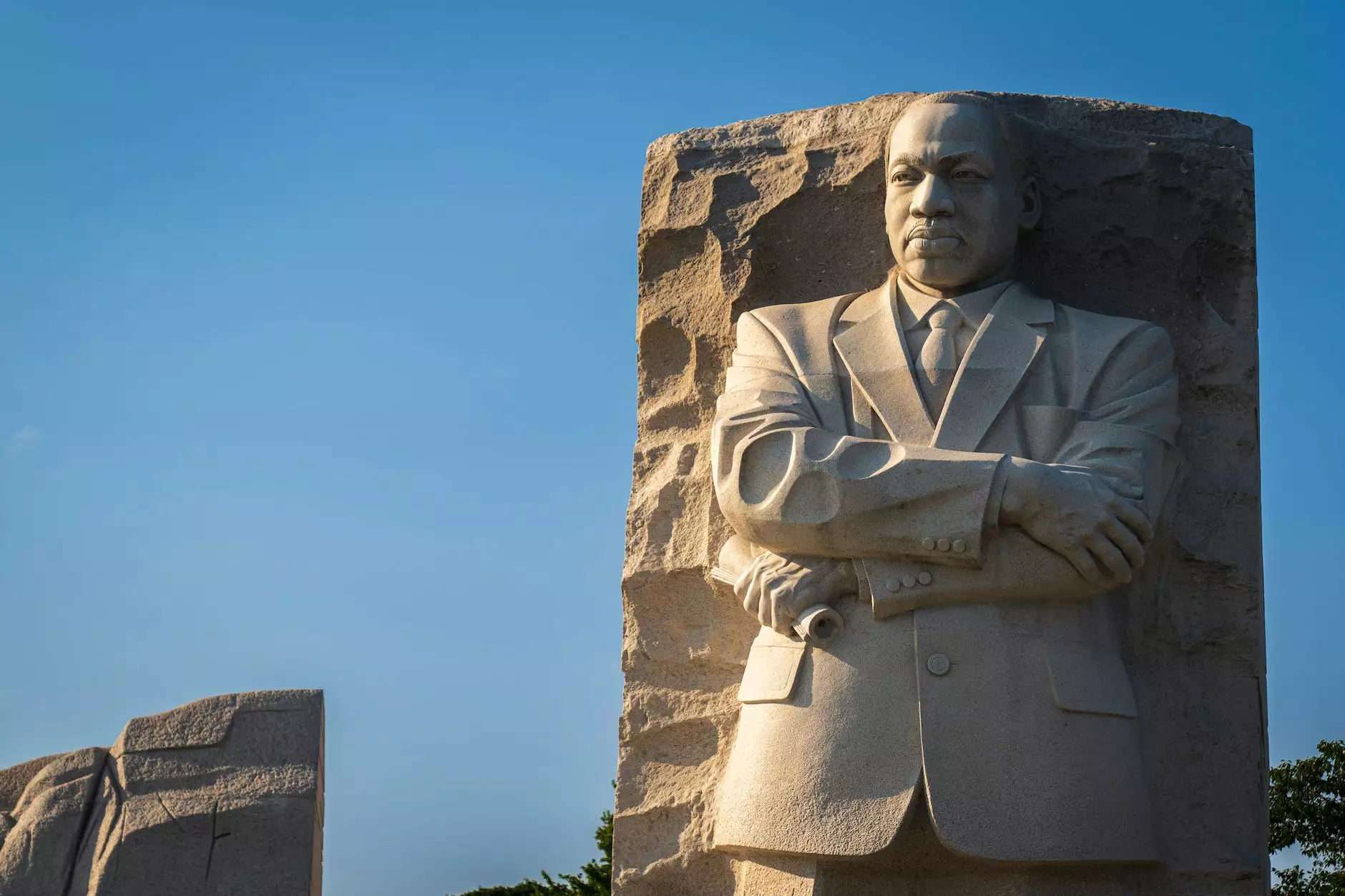Photo Histories: Railroad Handcar

The History of Railroad Handcars
Railroad handcars, also known as pump cars, was a common mode of transportation used by railroad workers in the past. These small, manual vehicles were powered by the physical strength of the workers, requiring coordinated pumping motions to move along the tracks. They played a vital role in the construction and maintenance of railways, enabling workers to transport tools, equipment, and even themselves to various sections of the tracks.
Significance of Railroad Handcars
Railroad handcars were essential in the expansion of the railway network, especially during the 19th and early 20th centuries. They provided a relatively faster and more efficient means of transportation for railway maintenance and repair crews compared to the traditional walking or horse-drawn methods. Their compact size and manual operation allowed workers to reach remote locations quickly and facilitated the movement of materials.
Types of Railroad Handcars
There were several types of handcars used throughout history:
- Standard Handcar: The most common type, typically propelled by two workers using a pumping action.
- Maintenance Car: Equipped with additional storage compartments to carry tools and materials for track maintenance.
- Inspection Car: Designed with a small cabin for railroad inspectors to travel along the tracks and inspect for any issues or necessary repairs.
- Draisine: A predecessor to the modern handcar, operated by a single worker who sat on a small seat and pushed the vehicle forward using their feet. It had limited carrying capacity.
Technological Advancements
As time passed, the design and features of railroad handcars evolved. The introduction of pedals, gears, and crankshafts made it easier for workers to propel the cars along the tracks. Some handcars even had a hand-operated brake mechanism for added safety. These advancements reduced the physical strain on the workers and increased the efficiency of rail transportation.
Use of Railroad Handcars Today
While modern methods and machinery have largely replaced railroad handcars, they hold a special place in history. Today, handcar races and events are organized as a way to celebrate and remember the crucial role these vehicles played in the development of rail networks. Moreover, replicas of handcars are often displayed in railway museums and historical sites, offering visitors a glimpse into the past and a chance to experience the manual operation firsthand.
Exploring Railroad Handcars with La Historia Society
La Historia Society is dedicated to preserving and sharing the rich history of railroad handcars. Our collection of photo histories allows you to explore these iconic vehicles in great detail. Through carefully curated photographs and expertly written descriptions, we bring the stories and significance of railroad handcars to life.
Conclusion
Railroad handcars are a testament to the ingenuity and perseverance of railway workers throughout history. The role they played in the expansion of the railway network cannot be understated. La Historia Society invites you to delve into the captivating world of railroad handcars through our comprehensive photo histories. Discover the details, facts, and significance of these iconic vehicles that have left an indelible mark on the history of transportation.









